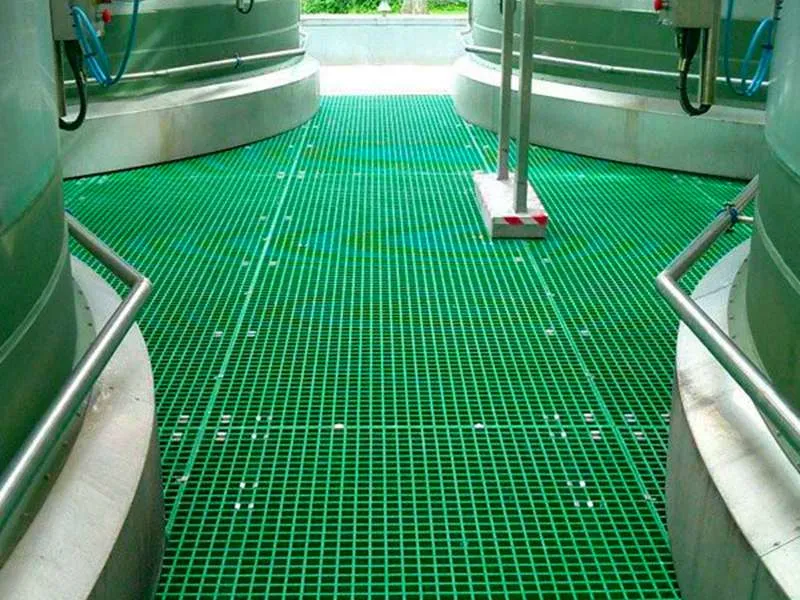
-
 Afrikaans
Afrikaans -
 Albanian
Albanian -
 Amharic
Amharic -
 Arabic
Arabic -
 Armenian
Armenian -
 Azerbaijani
Azerbaijani -
 Basque
Basque -
 Belarusian
Belarusian -
 Bengali
Bengali -
 Bosnian
Bosnian -
 Bulgarian
Bulgarian -
 Catalan
Catalan -
 Cebuano
Cebuano -
 China
China -
 China (Taiwan)
China (Taiwan) -
 Corsican
Corsican -
 Croatian
Croatian -
 Czech
Czech -
 Danish
Danish -
 Dutch
Dutch -
 English
English -
 Esperanto
Esperanto -
 Estonian
Estonian -
 Finnish
Finnish -
 French
French -
 Frisian
Frisian -
 Galician
Galician -
 Georgian
Georgian -
 German
German -
 Greek
Greek -
 Gujarati
Gujarati -
 Haitian Creole
Haitian Creole -
 hausa
hausa -
 hawaiian
hawaiian -
 Hebrew
Hebrew -
 Hindi
Hindi -
 Miao
Miao -
 Hungarian
Hungarian -
 Icelandic
Icelandic -
 igbo
igbo -
 Indonesian
Indonesian -
 irish
irish -
 Italian
Italian -
 Japanese
Japanese -
 Javanese
Javanese -
 Kannada
Kannada -
 kazakh
kazakh -
 Khmer
Khmer -
 Rwandese
Rwandese -
 Korean
Korean -
 Kurdish
Kurdish -
 Kyrgyz
Kyrgyz -
 Lao
Lao -
 Latin
Latin -
 Latvian
Latvian -
 Lithuanian
Lithuanian -
 Luxembourgish
Luxembourgish -
 Macedonian
Macedonian -
 Malgashi
Malgashi -
 Malay
Malay -
 Malayalam
Malayalam -
 Maltese
Maltese -
 Maori
Maori -
 Marathi
Marathi -
 Mongolian
Mongolian -
 Myanmar
Myanmar -
 Nepali
Nepali -
 Norwegian
Norwegian -
 Norwegian
Norwegian -
 Occitan
Occitan -
 Pashto
Pashto -
 Persian
Persian -
 Polish
Polish -
 Portuguese
Portuguese -
 Punjabi
Punjabi -
 Romanian
Romanian -
 Russian
Russian -
 Samoan
Samoan -
 Scottish Gaelic
Scottish Gaelic -
 Serbian
Serbian -
 Sesotho
Sesotho -
 Shona
Shona -
 Sindhi
Sindhi -
 Sinhala
Sinhala -
 Slovak
Slovak -
 Slovenian
Slovenian -
 Somali
Somali -
 Spanish
Spanish -
 Sundanese
Sundanese -
 Swahili
Swahili -
 Swedish
Swedish -
 Tagalog
Tagalog -
 Tajik
Tajik -
 Tamil
Tamil -
 Tatar
Tatar -
 Telugu
Telugu -
 Thai
Thai -
 Turkish
Turkish -
 Turkmen
Turkmen -
 Ukrainian
Ukrainian -
 Urdu
Urdu -
 Uighur
Uighur -
 Uzbek
Uzbek -
 Vietnamese
Vietnamese -
 Welsh
Welsh -
 Bantu
Bantu -
 Yiddish
Yiddish -
 Yoruba
Yoruba -
 Zulu
Zulu
Optimizing GRP Piping Systems for Enhanced Efficiency and Durability
Understanding GRP Piping Systems
Glass Reinforced Plastic (GRP) piping systems have gained significant attention in various industries due to their unique properties and advantages over traditional piping materials. Composed of a combination of glass fibers and resin, GRP pipes are known for their strength, durability, and resistance to various environmental factors, making them an ideal choice for numerous applications.
One of the most notable features of GRP piping systems is their lightweight nature. Compared to metal pipes, GRP pipes are significantly lighter, which simplifies transportation and installation. This lightweight attribute not only reduces labor costs but also minimizes the structural support required, making GRP an excellent option for projects with stringent weight limitations.
Understanding GRP Piping Systems
Moreover, GRP pipes offer a smooth internal surface, which reduces friction and enhances fluid flow. This smoothness prevents the accumulation of deposits over time, a common issue with traditional piping materials. The efficient flow characteristics of GRP piping systems can lead to improved system performance and energy efficiency in various applications, from water supply networks to industrial discharge systems.
grp piping system

The versatility of GRP piping is another compelling advantage. It can be manufactured in a variety of sizes, shapes, and specifications to meet the specific needs of different projects. Additionally, GRP pipes can be reinforced to create custom solutions for challenging environments, making them suitable for both above-ground and underground installations. Their adaptability helps engineers and designers to implement effective and innovative solutions tailored to the unique demands of their projects.
In terms of environmental impact, GRP piping systems are often more sustainable than traditional materials. The production process for GRP can be designed to minimize waste, and the long lifespan of these pipes means less frequent replacements are necessary. Furthermore, GRP piping systems can often be recycled at the end of their service life, contributing to a circular economy approach in materials management.
Despite their numerous advantages, GRP piping systems do require careful consideration during installation. Proper handling is crucial, as GRP can be vulnerable to damage from heavy impacts. Therefore, training and expertise are essential for workers involved in the installation process to ensure the longevity and effectiveness of the system.
In conclusion, GRP piping systems represent a forward-thinking solution for various industries, offering a unique blend of lightweight construction, corrosion resistance, flexibility, and environmental sustainability. As industries continue to evolve and seek innovative materials that enhance performance and reduce costs, the adoption of GRP piping is likely to increase, solidifying its place as a vital component in modern infrastructure development. With ongoing advancements in manufacturing techniques and applications, GRP piping systems will undoubtedly play a key role in shaping the future of piping solutions across the globe.
Latest news
-
High-Quality Fiberglass Car Bodies Durable GRP Car & Boat Body SolutionsNewsJul.08,2025
-
High-Quality Fiberglass Dual Lamination Product Manufacturer Durable FRP & GRP Dual Lamination SolutionsNewsJul.08,2025
-
Rectangular Tank with Dimensions for GRP Calculation Custom Fiberglass GRP Rectangular TanksNewsJul.07,2025
-
High-Quality Fiberglass Weir Custom FRP Weir & Fiberglass Tanks ManufacturerNewsJul.07,2025
-
CPVC FRP Pipe A Reliable Choice for Industrial Applications High Strength & Corrosion ResistanceNewsJul.07,2025
-
Fiberglass Scrubber for Effective Cleaning and Stain Removal – Superior Performance in Various ApplicationsNewsJul.06,2025









